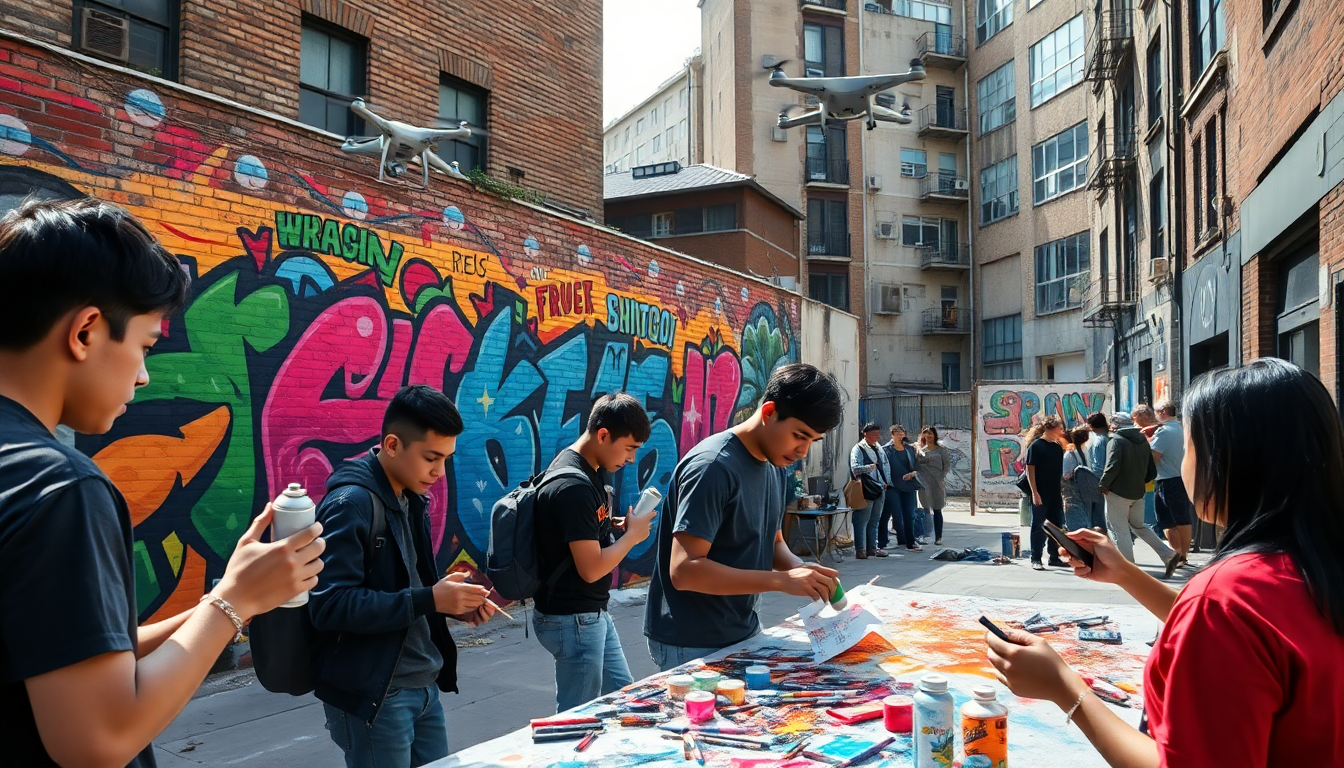Table of Contents
As we venture into the 2020s, a fascinating paradox is unfolding in the cultural landscape: are we really witnessing a decline in artistic innovation, or are we actually in a period of remarkable creative expression? While some critics lament what they see as a stagnation in art and music, others argue that we’re experiencing a dynamic evolution driven by technology and shifts in societal values. Let’s dive into this debate and explore the perspectives of various commentators, along with the data that supports their claims.
The Dichotomy of Cultural Perspectives
In recent discussions, a common consensus has emerged suggesting we might be entering a cultural dark age. Music historian Ted Gioia argues that the current decade is tainted by a lack of originality and innovation. A YouGov poll revealed that many Americans see the 2020s as the worst decade for music, films, and other cultural expressions in a century. This sentiment is echoed by prominent critics who contend that the art world has become stagnant, heavily relying on reboots, remakes, and nostalgic references.
But here’s where it gets interesting: this viewpoint contrasts sharply with the reality that the internet has democratized artistic creation, allowing a plethora of voices to emerge. The sheer volume of artistic outputs—from scripted television series to new musical releases—suggests a thriving cultural scene. Just think about it: streaming services add an astonishing number of songs daily, while countless independent artists are producing music that reflects diverse experiences and contemporary issues. Isn’t it fascinating how technology can both challenge and enhance creativity?
This tension between perceived decline and vibrant creativity raises an important question: is our dissatisfaction with current culture simply a natural human tendency to resist change? History shows us that every major technological advancement, from the printing press to the internet, has often been met with skepticism and anxiety. So, could it be that we’re just grappling with the changes?
Current Trends and Opportunities
To grasp the dynamics at play, we need to analyze the trends shaping today’s cultural landscape. Critics like Gioia voice legitimate concerns about Hollywood’s heavy reliance on intellectual property and how commercial interests might be impacting artistic integrity. The music industry, in particular, seems dominated by ‘catalog music,’ with new releases making up a shrinking percentage of total consumption. Are we really okay with this trend?
Yet, amidst this landscape, there are ample opportunities for investment and growth. The rise of independent artists and niche genres showcases a growing appetite for innovation. Genres like hyperpop and the blending of traditional forms with new technology illustrate that artists are not just recycling old ideas; they are forging new paths of expression. This evolution in music mirrors broader societal changes and reflects an embrace of diverse cultural influences. How exciting is that?
Moreover, the resurgence of live music events and the popularity of country music highlight our enduring human connection to culture. While some argue that streaming services dilute artistry, the reality is that live performances continue to draw crowds, proving that the communal experience of music is far from dead. Isn’t it amazing how certain elements of culture can remain timeless?
Looking Ahead: A Renaissance on the Horizon?
The future of culture in the 2020s is still unfolding, and the potential for a renaissance is very much alive. There are signs that as dissatisfaction with the current state of art grows, so too does the appetite for change. Critics like Dean Kissick suggest that this malaise could be a precursor to a cultural revolution, as audiences seek more meaningful and expansive experiences. Are we on the brink of something transformative?
As technology evolves, artists are discovering innovative ways to engage with their audiences. The integration of social media, streaming platforms, and new distribution methods opens the door for a fresh wave of creativity that resonates with a global audience. Artists aren’t just creating music; they’re building communities around their work, fostering connections that transcend geographical boundaries. Isn’t that a beautiful aspect of our digital age?
Ultimately, the 2020s may not mark a cultural dark age, but instead represent a complex and multifaceted period of transition. By embracing the potential for innovation and collaboration, we might just find ourselves on the cusp of a new artistic renaissance that celebrates both the past and the future. So, what do you think? Are we ready to embrace this exciting journey ahead?


